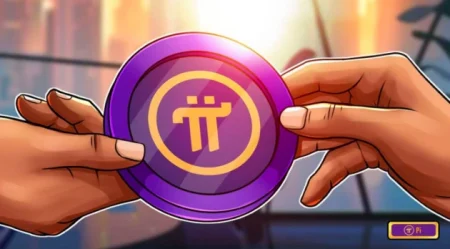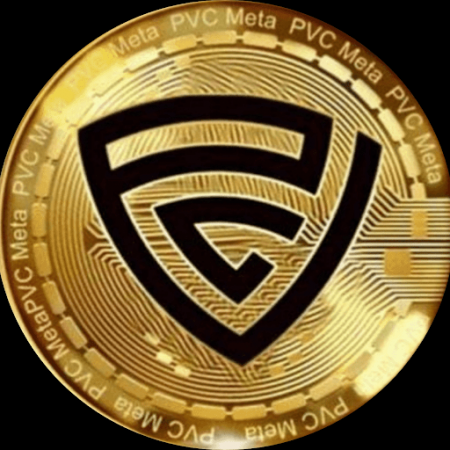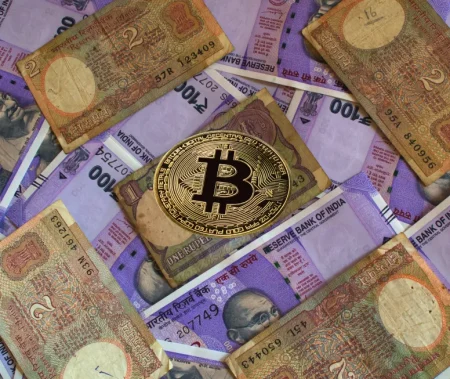Sairaj Iyer investigates the fascinating world of non-fungible tokens, and explains why they continue to be a realm filled with potential.
The NFT marketplace could have never been so lifeless as it is in 2023.
Google search trends have crashed. There’s negligible value of NFTs of popular IPL player.
Nansen observed one in three NFT collections last 12 months expiring with negligible trading activity. Besides, Trading volume on OpenSea too seems tepid.
If 2021 saw the NFT-market throw astronomical sums lavished to things like Merge, remember the 3 moons on canvas? Then, the 2023 NFT market is getting as boring as beans.
In fact, volumes were so low that WazirX had to shut down its NFT portal launched amid fanfare last year. Their blog suggests that they could not even fetch the server operating costs during the trade of NFTs.
Now, that is a big change from what you heard on Instagram. A few months ago, NFTs seemed like a paisa-double scheme.

The only thing that grows so fast is creepers. Not money! And certainly not NFTs or Cryptos.
So, in under 12 months, all that NFT-fizz has petered out. But wait, before you exit from this page. Not all is lost. There is a bright spot for those who can…
Shoes, You Normally Do Not Use
Remember the Moon-Star shoes made of pure gold and diamonds? It fetched $20 million! Well, we are not talking Swarovski crystals and bling-bling shoes, but digital ones. Last year, Nike saw a pair of digital sneakers fetch $134,000. At least a dozen of those NFT sneakers got downloaded for six-figures. Most of them fetched Nike a cool $5,000. That is 25-times the price of a good pair of Nike shoes on Amazon.
Yes, 2022 seemed crazy given art-enthusiasts (read NFT buffs) acquired NFTs with the ferocity of kids collecting Tazos, Pokemon and Smackdown cards. To those looking at the NFT marketplace, StepN Sneakers should be a unique case study. To the unversed, StepN is a popular NFT marketplace that promises real-world use-case. To every marketeer and product manager, StepN’s success narrates why engagement is paramount.
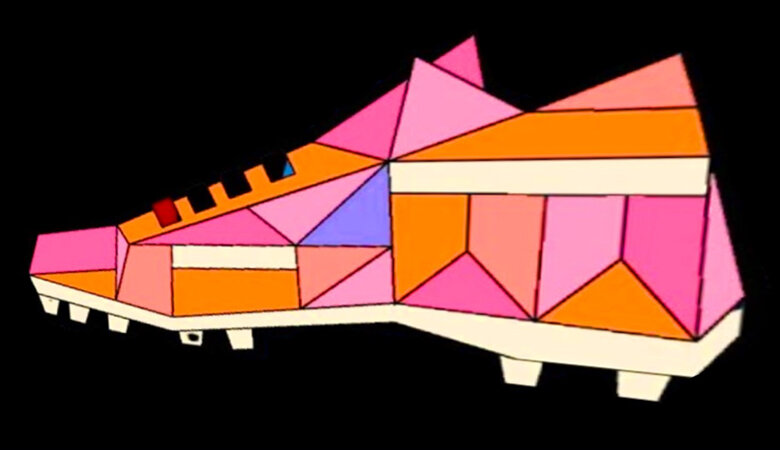
What are these NFT sneakers?
For the last two years, integrating NFTs with the real-world was a whitepaper-talk (figment of imagination). Few product managers could have even remotely dreamt of doing something with NFTs. We cannot blame them. NFTs initially did seem like pixelated Mario.
StepN partnered with RTFKT Studios, a footwear brand and collaborated with SuperRare NFT marketplace to introduce limited-edition digital shoes.
Digital shoes? Nice! But how does one use them? Well, you cannot wear them to a marathon but rather have them in your digital wallet to save the planet.
The StepN NFT sneaker is a game that rewards players. The game is integrated to your movement and players earn points based on progress recorded by the GPS on your phone. Players could redeem points or even sell their digital shoes for GMTs (Green Metaverse Token), the local currency on the Solana network.
The makers of StepN promise to donate profits to carbon removal projects which in turn combat climate-change. Additionally, what may have hooked users is the wait-time for a shoebox to convert into a pair of sneakers. Wait, there is more. In this part of the alt-verse, shoes could mate! That phenomenon is called breeding which adds more shoes to your digital arsenal. Yes, this has the ominous shades of L.O.L. dolls, those pink-hued eggs that hatch into dolls? If you are a parent to a 10-year-old, you understand those crazy dolls that Indian kids are hooked to (FYI, unboxing videos of L.O.L dolls have caught frenzy too).
Is StepN even successful?
StepN NFT sneakers have reported significant carbon savings on their website. And much to the delight of its fans, the price of a pair of shoes or a shoebox has cooled. At the time of updating this story, the cheapest pair of StepN shoes was selling for $35 or 108.98.
StepN may seem like a farcical idea, but this Australian startup has the blessing of twenty-six investors including the likes of Sequia capital and Morningstar Ventures. As a startup, this venture is valued at $30 million as of Jan 2022. It is far from a unicorn, but it is indeed making heads turn in the digital world.
StepN’s ability to integrate an in-mobile game with the real-world has allowed crypto-heads to unleash their imagination. Their success, even if moderate, is a validation of the thought of tokenizing real-world assets.
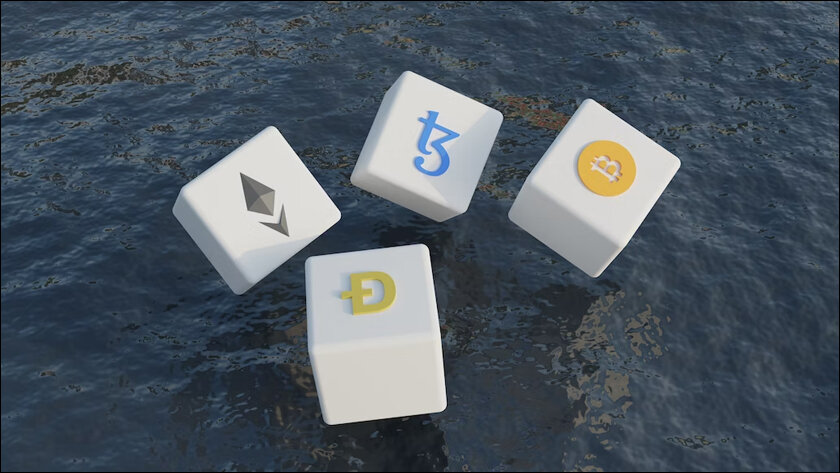
Tokenizing Real-World Assets
If you are a crypto head, you must be already wanting to ask ‘But wait! What about stablecoins? Aren’t they successful?’
Well, yes, Stablecoins are indeed popular!
To the unversed, stablecoins are tokenized versions of real-world assets such as petrol, gold, silver, stocks and even ETFs (exchange traded funds). For someone planning to invest in gold, buying a few grams of gold is so easy, compared to the hassle of owning Stablecoins – find an exchange, next a wallet operator, and then scratching your heads off over those private hash-keys. Urgh! Tokenized NFTs are slightly intricate.
Imagine a stock market! If you bought five stocks of, let us say, Reliance. What are you paying for? You are not going to buy the walls of the Reliance office or its machines, rather you own some percent of Reliance in the form of paper-based shares.
Like shares of a stock like Reliance, we could tokenize cities, universities, offices, and even countries. Terms and conditions apply, obviously!
But wait before you invest a few tokens in buying a city or a Football club. You must know that NFTs are not deemed as an asset class like Gold, Silver, Stocks or Crude Oil is.
Nothing explains this limitation of NFT better than the curious case of con-artist Natwarlal who sold off the real Taj Mahal at Agra to a group of unsuspecting tourists. Natwarlal aka Srivastava had even sold off the Red Fort, and the Rashtrapati Bhavan including its occupants – MPs. An unregulated marketplace has these complexities.
One of the cornerstones of a valid transaction is proving ownership. In the stock-market, ownership is ensured by the participation of compliant organizations approved by a credible institution such as an exchange which in turn is governed by strict guidelines from the exchange regulator (SEBI, in India). Similarly, in the case of property, entities such as municipalities and local government administrators play the role of a regulator cum facilitator. A token is as good as a piece of paper but in the absence of a regulator, we have only Natwarlals in the marketplace.
Opportunities for Marketeers
Participation of an autonomous and credible institution could result in significant opportunities. Buying and selling of cars, property, electronic products and even services such as education could be tokenized.
Tokenizing products, especially in a category such as geographically identified goods, would not just enable sales but also result in better customer experience. For example, the Ratnagiri Alphonso mango grown in Maharashtra is an export grade product that observes significant sales-volume during the summer. Farm associations could tokenize their farms or fruit-laden mango trees and engage with patrons like RTFKT / StepN did with shoes.
If you happen to visit Ratnagiri or the Konkan belt you may find multiple entities and farmers renting out their trees for cash.
In the education services sector, offering tokens as part of a game or learning assignment could improve quality of learning by several notches. Like StepN where users have the choice of activities, personalized skill-learning and learn-at-your-pace could motivate even slow learners. Tokenizing could boost productivity, collaboration, and transparency in the sector.
India is home to over 1,000 GI tags and 326.3 million vehicles (Statista). A look at Amazon India tells you we have 25,000 categories and 168 million products selling here. Then, there’s millions of services which means enormous potential for tokenization.
To summarize, an NFT card of superstar Thala with last year’s IPL trophy could be easily designed online. The reason we observe feeble action cannot be attributed to the NFT market or lack of cricket love, but the limited use-cases NFT-artists are showcasing. Indeed, lack of imagination and use-cases are to be blamed.
In case you missed:
- None Found





